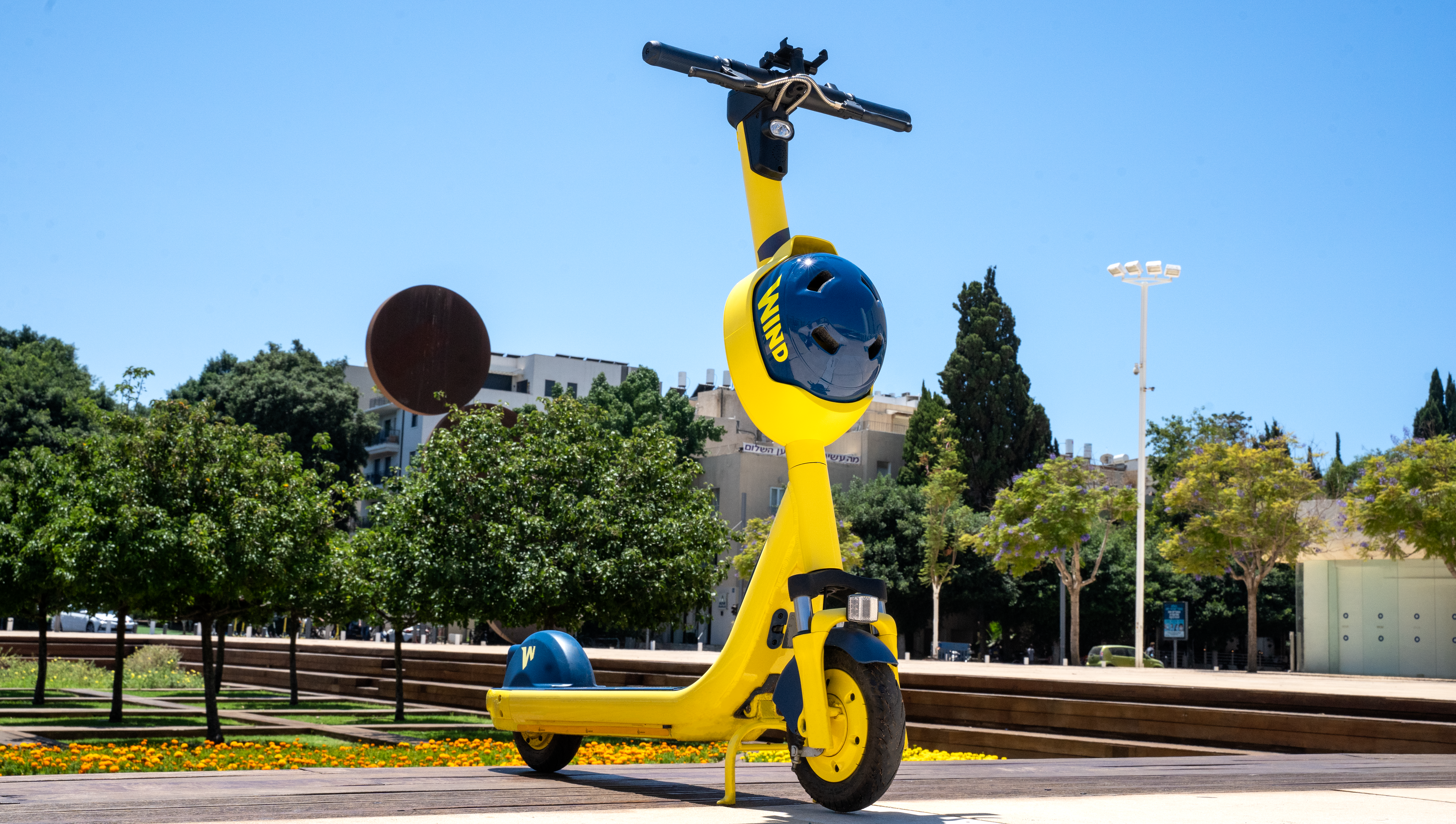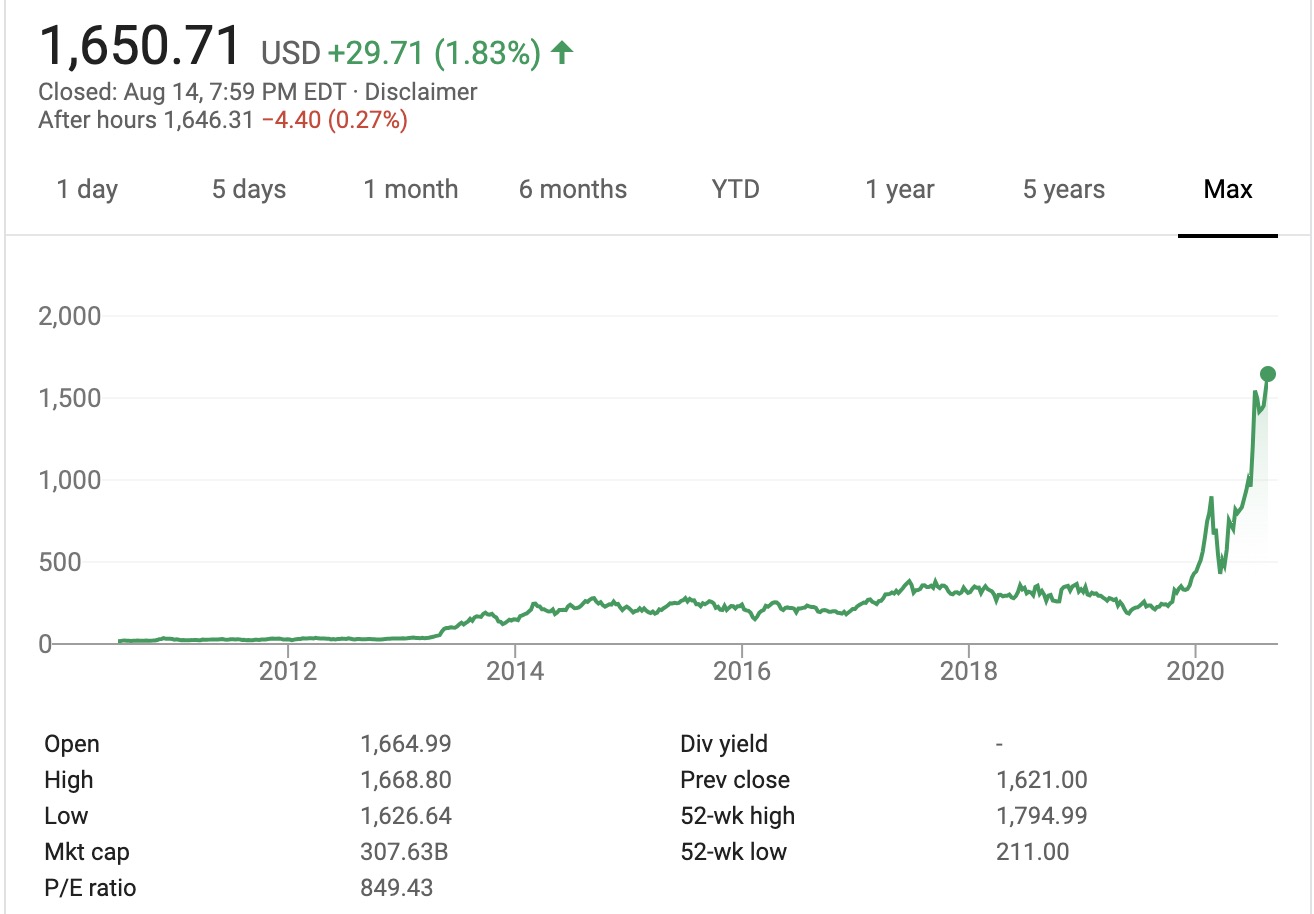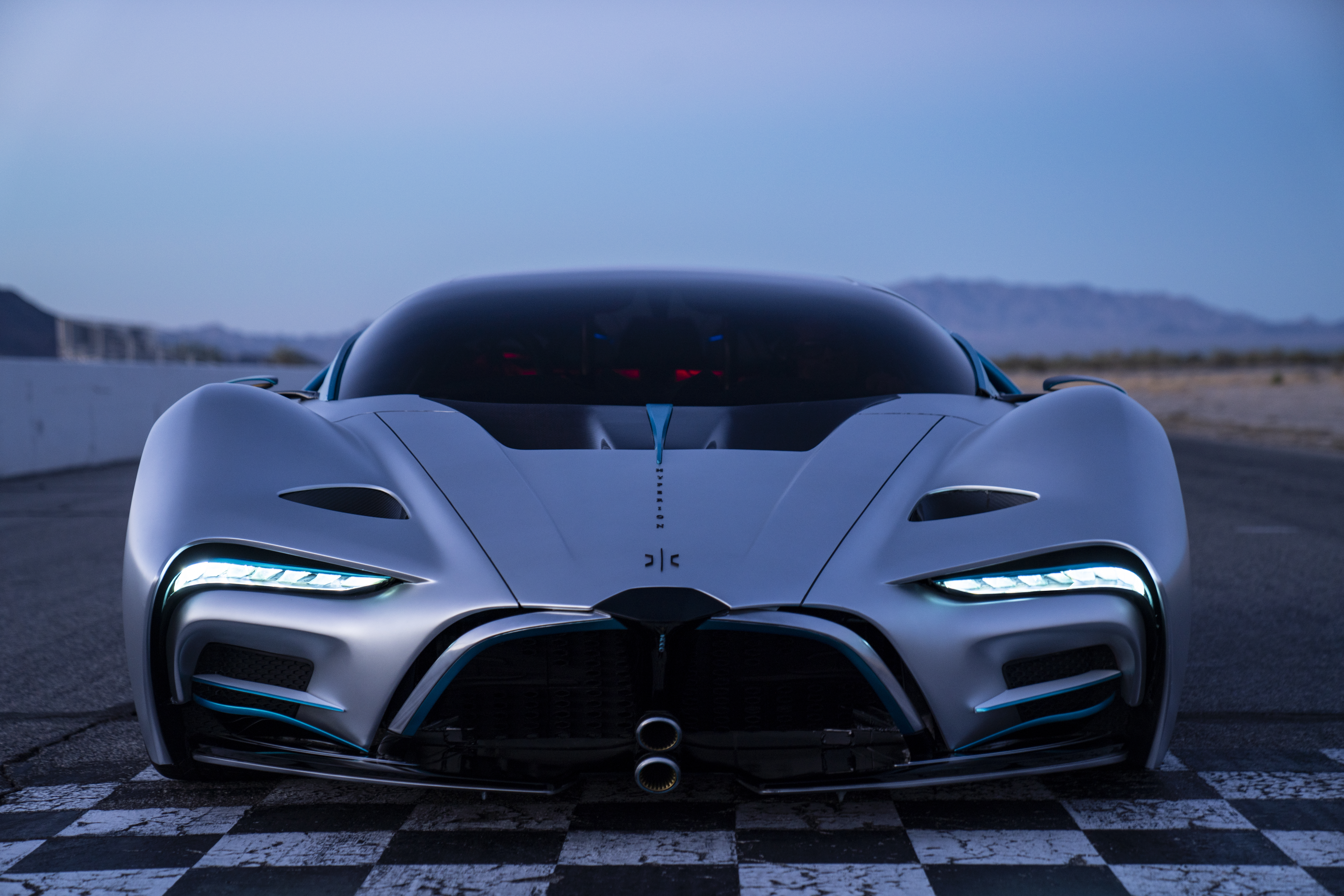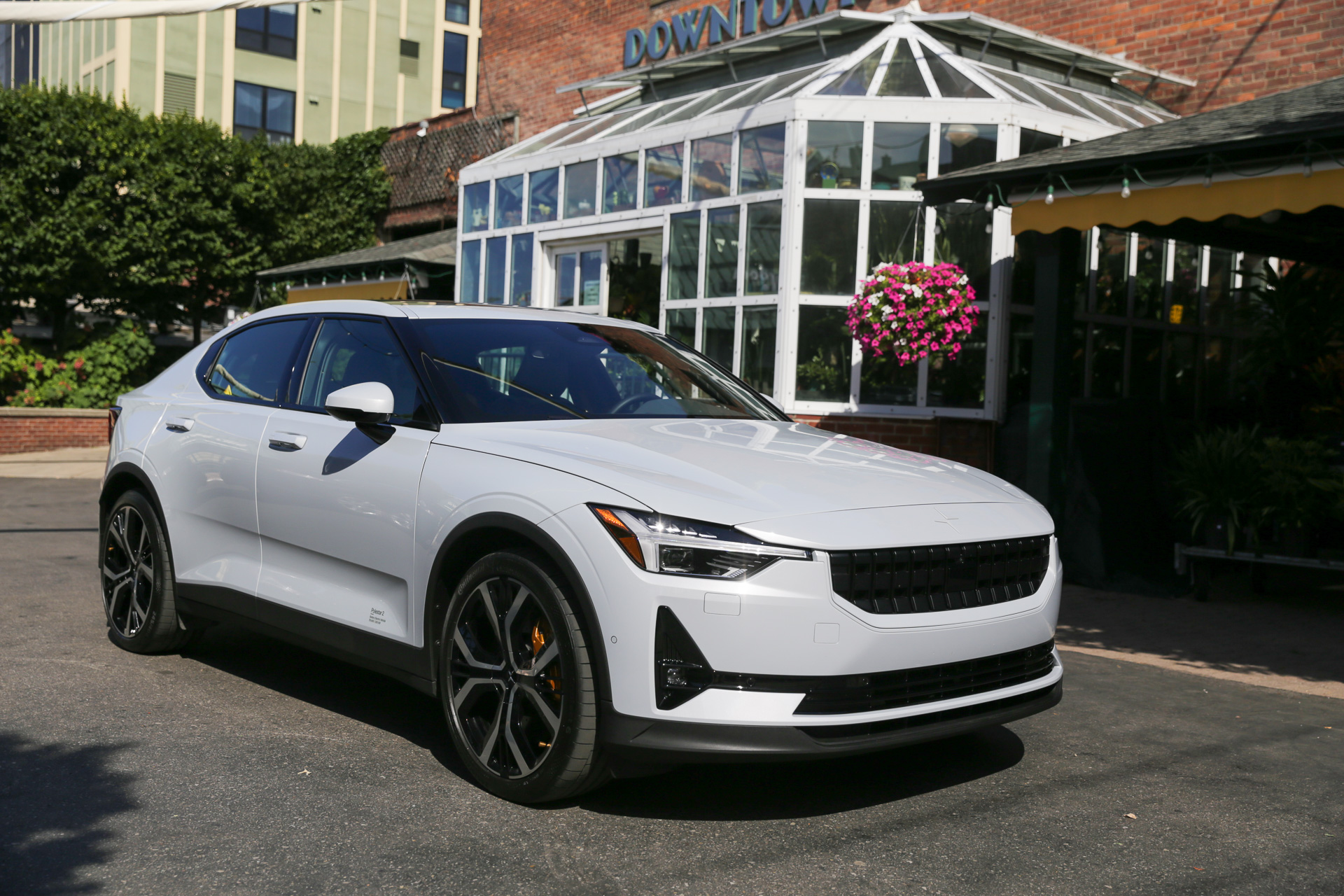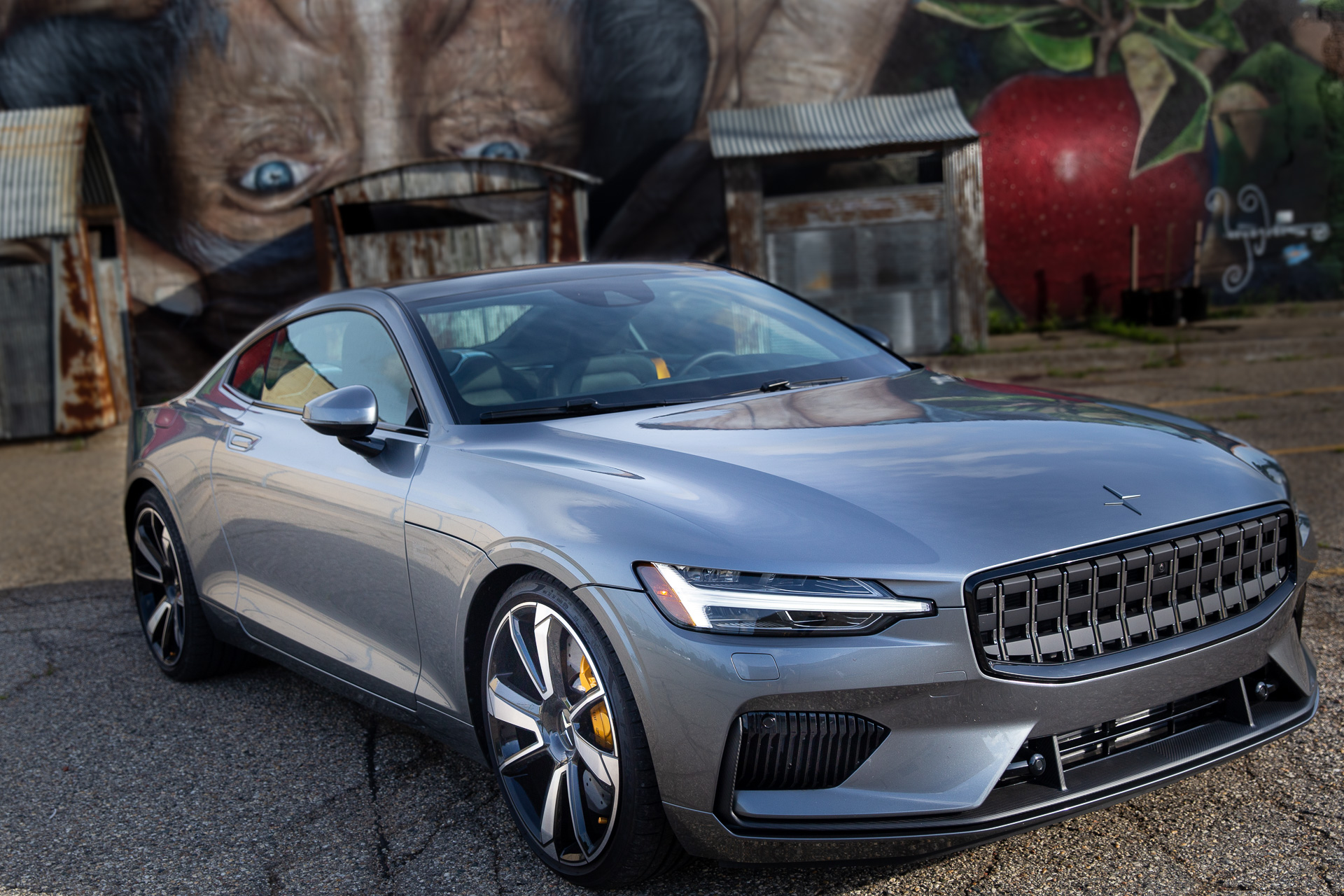The Station is a weekly newsletter dedicated to all things transportation. Sign up here — just click The Station — to receive it every Saturday in your inbox.
Hello and welcome back to The Station, a newsletter dedicated to all the present and future ways people and packages move from Point A to Point B.
Let’s get right to it today.
Friendly reminder that you can reach out and email me anytime at kirsten.korosec@techcrunch.com to share thoughts or criticisms and offer up opinions or tips. You also can send a direct message to me at Twitter — @kirstenkorosec.
Micromobbin’
European micromobility company Wind has introduced a new electric scooter with an integrated helmet. These new scooters, known as Wind 3.0, are now part of the company’s fleet ahead of its participation in the U.K. e-scooter trial program.
The helmets and the scooters are cleaned daily, the company said. Still, Wind advises users to wipe the attached helmet before putting it on.
To use the helmet, users scan and unlock the scooter with the app and choose the “unlock helmet” function. The helmet is released by lifting up the helmet case. Once users are done with the scooter, they take a photo using the app to confirm that the device is locked and the helmet has been returned.
The Wind 3.0 has other new features aimed at making it safer and robust, including double handbrakes, electric front and rear brakes, a non-slip platform and larger and wider foam tires that cannot burst.
Other micromobbin’ news that got my attention …
Bird added a new feature that allows account holders to add four more riders even if these folks don’t have the Bird app. The idea is to make it easier for a group of friends to rent a few Bird scooters even if only one of them has an account. It’s a handy feature, but I wonder how Bird prevents misuse and handles liability?
Jump bikes continue to pop up under the Lime app — this time in Berlin. Jump’s bright red bikes and scooters had disappeared from city streets after Uber unloaded the micromobility company to Lime as part of a complex $170 million fundraising round. When the Jump bikes were finally spotted, it was in a recycling yard, where more than 20,000 of them laid in piles, awaiting their demise.
New, unused Jump bikes were tucked away in storage. Lime has been adding these Jump bikes to cities like Denver, London, Paris, Rochester, Minnesota, Seattle and Washington, D.C. Lime also started integrating Jump bikes onto its own app; users previously had to go to the Uber app to use the Jump bikes that Lime brought back to certain cities.
More Jump bikes should be expected. We hear the next city will be Munich.
ScootRoute, a navigation app designed for scooter and e-bike users, is now available in all 50 states. ScootRoute, founded by Meghan Braley, is a voice-activated navigation app that combines three different mapping technologies to accommodate the nuances of micromobility travel. Riders can personalize the app based on their preferences, such as incline tolerances, traffic, top speed and road type. The free app is available on Android and iOS.
Deal of the week
It was a bit of a quiet week for mobility — at least on the deal-making sides of things. One item that stood out was Tesla’s 5 for 1 stock split. A little back of the envelope arithmetic would value Tesla shares around $297 after the split.
My, how far the company’s share price has come in two years. You might recall that two years ago CEO Elon Musk infamously tweeted that he had “funding secured” and was considering taking Tesla private at $420 a share.
Tesla then published an email Musk had sent to employees that described his rationale, only to backtrack a few weeks later and announce the company would remain public. This, of course, got the attention of the U.S. Securities and Exchange Commission, which later accused Musk of securities fraud. The parties reached a settlement without admitting wrongdoing. Under the settlement, Tesla agreed to add two independent directors and Musk would step down as chairman for three years.
Tesla shares reached a 52-week low of $211 in August 2019. The stock has risen 650% since then, pushing share prices north of $1,650. Tesla now has a market cap of more than $300 billion, making it one of the world’s most valuable companies.
Other deals worth noting …
Best, the Alibaba-backed company, is seeking a Hong Kong listing for its express delivery and freight delivery businesses, per Reuters. The company went public in 2017 and is listed on the New York Stock Exchange.
Electronic Transaction Consultants Corporation, a transportation services company that provides tolling and congestion management, has been acquired by private equity firm Align Capital Partners.
High Definition Vehicle Insurance, a commercial auto insurance business founded by Esurance co-founder Chuck Wallace and former VC Reid Spitz, raised $16 million in Series A funding led by 8VC and Munich Re Ventures, with additional participation from Qualcomm Ventures and Autotech Ventures.
Wejo, the connected car data company, raised $12 million in a fundraise from a mix of new and current investors. The round was led by DIP Capital LLP. The U.K. government’s Future Fund also participated. The company said the funding will be used for its next stage of development, a future that includes new global automotive partnerships.
A little bird
We hear things, but we’re not selfish. We share.
This isn’t maybe the world’s biggest news, but I’ll file it here. I hear that Aurora has brought on an advisor who has direct experience in delivery and logistics. Gloria Boyland, who was vice president of operations and service support at FedEx, is now an advisor to the full-stack automated driving startup. Her LinkedIn profile confirmed the rumor.
Boyland also serves on the U.S. DOT Advisory Committee on Automation in Transportation.
The move further illustrates Aurora’s intention to pursue and prioritize delivery and logistics. Aurora is developing a full-stack solution for self-driving vehicles, which it calls the “Driver.” Since it launched in 2017, Aurora said its “Driver” could be applied to any vehicle. However, Aurora’s partnerships and public comments in those first two years centered on robotaxis, not logistics.
A chat with Karl Iagnemma
Hyundai Motor Group and Aptiv PLC announced in September 2019 it was forming a joint venture to develop Level 4 production-ready self-driving systems intended for commercialization. For the past year, the joint venture has been referred to as the Hyundai-Aptiv joint venture. It wasn’t exactly catchy.
Well, this week the venture unveiled its official name and brand identity: Motional. I’m not one to cover new brand names, and so I didn’t. But I did chat with Karl Iagnemma, who is the president and CEO of Motional and has a long history in the world of automated vehicle technology.
Here are a few interesting items that came up in our conversation. First, a quick reminder that the joint venture involved Aptiv contributing the team and technology and Hyundai providing $1.6 billion in cash and $400 million in engineering services. Motional said it will begin testing fully driverless systems in 2020 with the technology becoming available for robotaxi providers and fleet operators in 2022.
The company also released a survey that found nearly one in five (19%) Americans are more interested in self-driving vehicles now than they were before the pandemic, and the majority of Americans (60%) are reconsidering their transportation choices to accommodate social distancing. More than 70% of respondents admitted that the risk of infection is a real concern impacting their transportation decisions, and more than three in four (76%) said their concerns around the safety of public spaces has increased as well.
OK, onto Iagnemma.
On the survey results …. “I do think driverless, on its surface, I view it as a big benefit in terms of safety and I think our survey data shows that a lot of people feel the same way. The sharing I think is an open question, but something that we can address in the medium term.”
On the technology stack (remember Aptiv, formerly Delphi, acquired Carnegie Mellon University spin-off Ottomatika and Iagnemma’s company nuTonomy) … “The Motional technology has all come together in our next-generation platform which we call Gen One, which is a new system. It’s currently being tested on the road, in a number of cities. I don’t think you’ve seen it.
“It’s been a couple years since the acquisition. Certainly, there’s elements of the nuTonomy code base, elements of the Ottomatika code base. But what we did is kind of took the best of everything we had, integrated together and obviously added a lot. There’s been a lot that’s just been built new, and have focused much more on the safety system. The state-of-the art system that we’re testing is called Gen One.”
More on the stack … “I would just characterize it as definitely a combination, where we’ve drawn on the best elements of both code code bases, and fully integrated, and we built quite a bit on top. A lot of the focus over the past 18 months has been on safety and industrialization. So, better more testable code and safety systems. These are the systems that are going to ensure that when we have a driverless product that is still a safe product.”
On what is required to succeed as an AV company … “I think you need three key elements to be successful today, which I believe that the JV (joint venture) has in spades. You need the software development capability, the OEM relationship, which I think has generally been recognized now as essential, and then the access to capital of a billion dollars plus, which is kind of the price of an entry ticket.”
What makes Motional unique … “Our DNA is OEM, and it’s also Tier one. I mean, I don’t know of any other entity in the industry that has that expertise — the drawing from Tier one. You know Tier ones actually develop and integrate and validate the core technology. Many people think OEMs do that but they actually don’t, it’s the Tier ones of the world that go off and do that.”
“Also, many of our competitors are focused on North America, and North America is a great market. But our footprint is North America and Asia such as Singapore and Seoul, which is growing quickly. And I think that flexibility is going to be very valuable for us when we think about going to market.”
Notable reads and other tidbits
Here’s that spot where I squeeze in all the other transportation tidbits that caught my eye. Let’s dig in.
Automated vehicle tech
I used to call this section autonomous vehicles. I’m trying out “automated vehicle tech” after reading an argument pushing for the term in a text from a founder. Readers, what do you think? I’ll let this founder make their case in next week’s newsletter if this person agrees to let me share their complete argument. You know who you are, so reach out.
In the meantime, I will be careful to note the difference between the levels of automation.
For instance, GM’s hands-free active driver assistance system known as Super Cruise is not in the same category as the full automated vehicle technology that Argo AI, Aurora, Cruise and Waymo are developing.
Speaking of Super Cruise, who here knew that this feature, which has been limited to the Cadillac brand, was “free” for only three years? Motor Trend reports that after the three-year trial customers must pay a fee to keep Super Cruise operative. Motor1 later reported that the trial for Super Cruise was extended by an extra year for 2018 Cadillac CT6 owners.
Car bits
Daimler will pay about $2.2 billion to settle U.S. diesel-emissions issues in the latest fallout from years of closer regulatory scrutiny on vehicle pollution, Bloomberg reports.
It’s electric
Faraday Future has yet to produce a production vehicle. But it has managed to produce several prototypes, and one of them will soon be on the auction block.
Hyperion, a California-based company that focuses on hydrogen generation, storage and propulsion, unveiled its Hyperion XP-1 prototype, a sleek and fast vehicle equipped with a hydrogen-electric powertrain.
The inaugural vehicle is the culmination of nearly a decade of development, testing and research in hydrogen technology by over 200 researchers and scientists, according to the company. It has some eye-popping stats on range, charging and acceleration. The XP-1 has a 1,000-mile range and can be recharged in less than five minutes at public stations. It also can travel from 0 to 60 mph in under 2.2 seconds.
Hyundai launched a dedicated EV brand called Ioniq with plans to bring three all-electric vehicles to market over the next four years. The Ioniq brand is part of the Korean automaker’s broader strategy to sell 1 million battery electric vehicles — and take a 10% share of the EV market — by 2025.
Lucid Motors has been pushing out teasers and nuggets about its upcoming all-electric Air sedan for months now. This week, Lucid finally revealed that it has an estimated EPA range of 517 miles. The automaker said the estimated EPA range was verified by FEV North America, Inc., an independent firm that conducted the test in Auburn Hills, Michigan.
Nikola Motor announced an order for 2,500 garbage trucks from Republic Services. This order is to begin full production deliveries in 2023 with on-road testing likely to begin in early 2022.
Rivian asked a judge to dismiss a lawsuit filed by Tesla, arguing that two of the three claims in the case fail to state sufficient allegations of trade-secret theft and poaching talent and instead was an attempt to malign its reputation and hurt its own recruiting efforts.
Tesla CEO Elon Musk acknowledged that the company was “embarrassingly late” rolling out a security layer known as two-factor authentication for its mobile app. Still no timeline despite this regret, except that it is in “final validation.”
Ride-hailing and sharing
Lyft reported second-quarter earnings this week and the big hard-to-ignore takeaway was that COVID-19 has crushed ridership. That’s not so surprising. Uber also experienced a similar drop in rides during the second quarter.
Lyft’s revenue fell from $867.3 million, or 61%, in the quarter, and its adjusted net loss in Q2 came to $265.8 million, worse than its year-ago adjusted net loss of $197.3 million.
Despite the drop, Lyft is sticking to its previous target to hit quarterly adjusted profitability by the fourth period of 2021. Upholding the target in this uncertain era of COVID-19 is newsworthy on its own. But what caught our attention was Lyft’s claim that it would hit this milestone even at a lower ridership than it had previously targeted.
Ridecell Inc. announced that KINTO Share, a shared mobility program for Toyota Sweden, has selected the Ridecell High-yield Mobility Platform to run their mobility operations.
Uber and Lyft have lost their bid to delay a preliminary injunction that will force the two ride-hailing app companies to reclassify drivers as employees. A California superior court judge denied Thursday the companies request to delay the order from going into effect August 20.
The decision sets the stage for a legal fight and will most certainly require both companies to suspend operations temporarily in California if they fail to get the stay extended. Both companies are filing appeals.
Via launched an on-demand public transit service in St. Louis in partnership with St. Louis Metro Transit. The new service is called Via Metro STL. The on-demand sharing shuttle company also launched a service with Niagara Region Transit in West Niagara in Canada.
What3words, the location technology company, partnered with Middle East ride-hailing company Careem.
Interesting reads
Daimler has a lengthy article on how artificial intelligence changes work and personal life.
David Zipper, writing for Bloomberg’s CityLab, unpacks America’s flawed approach to auto safety tech in this notable read “The Life-Saving Technology Nobody Wants.”
Two Polestar reviews
Alright, well this isn’t quite the road trip-worthy SUVs that we reviewed earlier this summer, but the Polestar 2 is too interesting to ignore.
TechCrunch managing editor Matt Burns spent some time in the Polestar 2. As he put it: “I cannot stress enough how well-built the Polestar 2 feels, and that’s likely due to its close ties with Volvo.”
The big takeaway is that it’s great, and yet, Burns is somehow conflicted.
The Polestar 2 is more comfortable, seemingly better built and has a better infotainment system than the Tesla Model 3, Burns writes. But then comes the punchline: “In all the traditional automotive metrics, it’s a better car, and yet I find it hard to recommend it over the Tesla Model 3.”
I have seen, but not driven, the Polestar 2, so we’ll have to rely on Burns’ words — for now. His big issue is that despite all of these benefits, the Tesla Model 3 has an ecosystem such as its charging infrastructure that Polestar simply doesn’t.
But what is this? Burns also reviewed the Polestar 1, the hybrid grand tourer that I have also spent some time in. The upshot: Polestar 1 is a fantastic vehicle full of dumb flaws, but it gets one thing right: The hybrid powertrain in the Polestar 1 is genius. It’s spectacular and foreshadows a future where cars can change their identities to match a driver’s tastes better.

